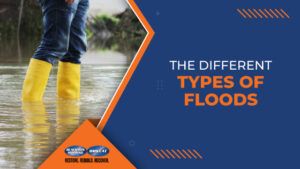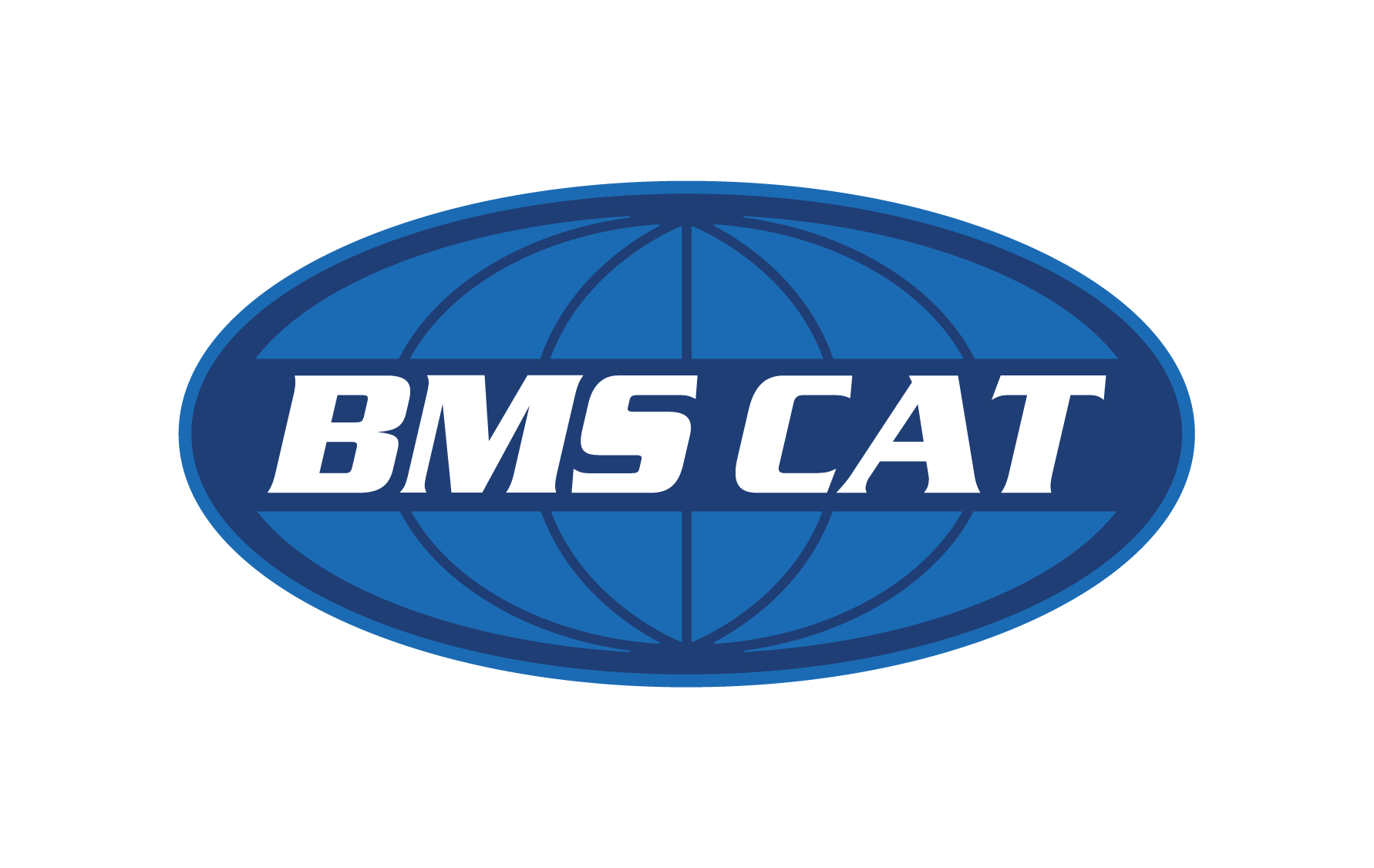 Did you know that floods and fire are the most widespread types of natural disasters? And that the force of six inches of swiftly moving water can knock people off their feet?
Did you know that floods and fire are the most widespread types of natural disasters? And that the force of six inches of swiftly moving water can knock people off their feet?
Not only is flood water damaging to property, and the contents of homes and businesses, and dangerous for those driving and on foot, but the water itself can be harmful to your health.
Communities, especially at risk, are those established in low-lying areas, near rivers, or downstream from a dam. The tricky thing, too, is that floods can be slow or happen in a flash.
This article looks at the different types of floods, the classification of floodwater, and the flood remediation process.
The Main Types of Floods
It’s good to understand the different types of floods and to be aware if the area you live in is potentially at risk of one of these specific types of floods.
- Flash: This can happen in any area when heavy rainfall from storms or rapid snow thaw causes a fast rise of rapid-moving water, usually within 6 hours of heavy rain. The worry with flash floods is how quickly they can occur and with little warning. The water is generally able to move large objects, causing damage along its way.
- Coastal: These floods are caused by strong winds or storms, pushing a high tide and waves towards the coastline. These waves will then breach the land, causing flooding. Land with a lower elevation is most affected, as it has fewer defenses to stop the water from reaching populated areas.
- River: Any river or stream has the potential to flood. When a river’s water rises over the top of the bank, the threat is high. This flooding is most often caused by extreme rainfall from storms and long-lasting rain and snowmelt. Luckily, these floods are more likely to be predicted, allowing people to evacuate before it becomes life-threatening.
- Urban: Sometimes, after heavy rain, a city or town’s drainage systems can’t handle and absorb the water. Of course, big cities also lack natural drainage pathways because they are so built up. Although this type of flooding doesn’t rise to a high water level, it makes driving on the road dangerous and can cause structural damage to buildings and even sewage pipes.
- Pluvial: This flooding is quite similar to urban flooding because the water cannot escape, although this happens in rural areas. You’ll see rainwater causing puddles and even ponds over the flat agricultural areas. This can also have a devastating effect on the farming activities and properties in the area.
Types of Floodwater
It’s vital to understand what the color of your floodwater means, especially if it has entered your home or business. Floodwater is classified into three types:
- Clean: This is safe for humans and poses no health threat. This flooding is usually caused by a burst pipe or toilet tank overflow issues. Although there will be some restoration and cleanup needed, there are no threatening contaminants to worry about.
- Gray: This water is an opaque gray, indicating that there may be contaminants in the water. Often this water is from showers, dishwashers, washing machines, sinks, or baths. Ensure you call for cleanup within 48 hours, so the issue doesn’t escalate and turn into black water.
- Black: This is dangerous water that contains bacteria, mold, viruses, and other diseases. Usually, this will be sewage water or greywater that has not been cleaned up quickly enough. Exposure can be detrimental to our health. It’s essential to call in the professionals at this stage for intense remediation processes.
Flood Remediation Process
So you’ve been hit by a flood. Now what? No matter what type of flood, your first step is to call your insurance company, and then the local Blackmon Mooring & BMS CAT branch.
We can help you assess the damage and determine the best course of action for cleanup and restoration.
The longer any water sits, the more damage there will be to fix and the potential for mold and mildew to grow.
Our process includes:
- Once the area is examined for safety hazards such as electrical issues, our team will work to find and stop the water source.
- We will use moisture sensors and meters to detect hidden water damage.
- Once this is done, it’s time for water extraction. We will use pumps to remove the water and an industrial vacuum to extract water from carpets.
- Next, it’s time to dry everything out. We use professional drying systems for dry walls, ceilings, and even building cavities. The fans will help the water evaporate.
- If you’ve been dealing with gray or black flood water, it’s time to disinfect. Foggers that turn a chemical into a fog work to eliminate odors and kill bacteria.
- And then it’s time to dehumidify. Our professional equipment removes leftover moisture in your home or business. The machines draw the water out of the air and drain it.
Those are just the simple steps of flood water remediation; water damage cleanup and restoration are complex. That’s why it’s always best to contact the experts straight away.
How We Can Help
Blackmon Mooring & BMS CAT offer flood and storm damage restoration services that have helped thousands of residential and commercial customers recover from flood water damage – both big and small.
From hurricanes to tornadoes to commercial water damage due to burst pipes and extreme weather – our company has reestablished businesses and restored communities.
At Blackmon Mooring & BMS CAT, we have strategically placed locations throughout the country, allowing us to promptly mobilize crews and equipment for flood water remediation. Find out more at www.bmscat.com.
